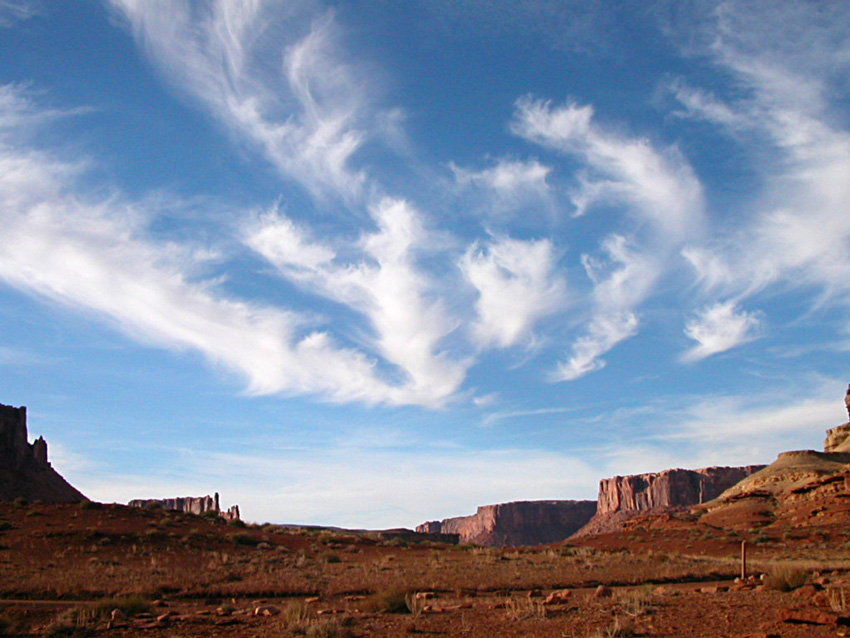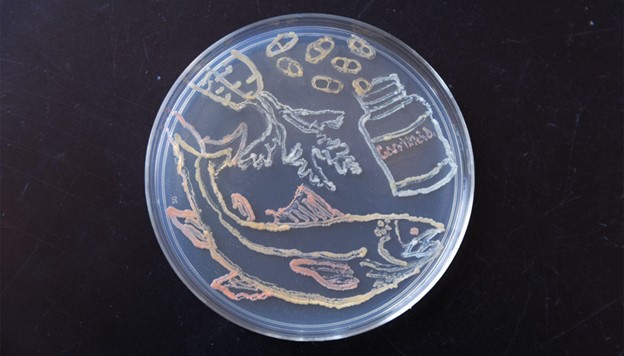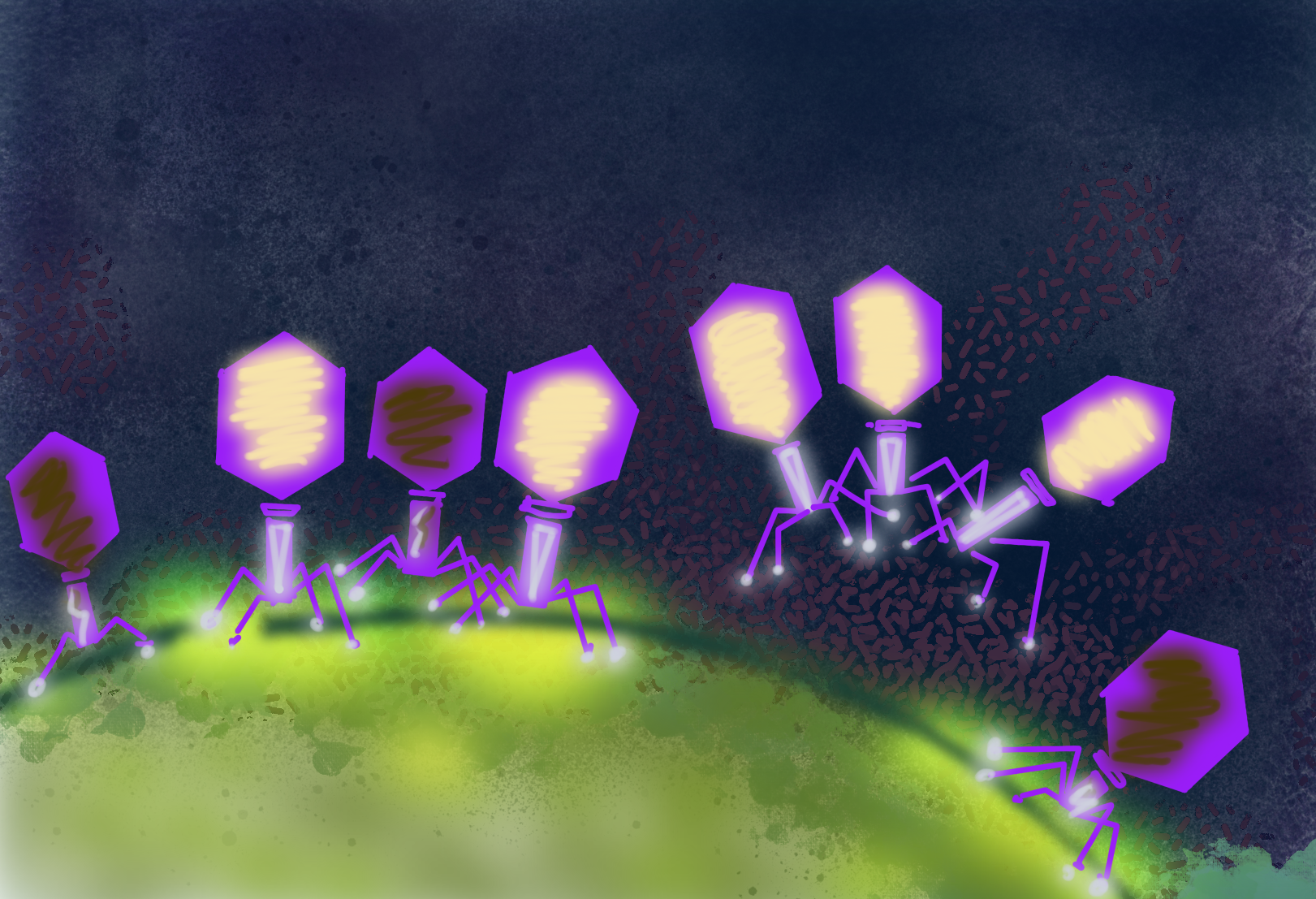Dust in High Clouds Cools Climate
Study examines impact of ice particle competition.

The Science
Atmospheric particles, or aerosols, affect climate by blocking incoming solar radiation and influencing clouds. One of the least understood aerosol effects is their impact on very cold clouds in polar regions and high in the atmosphere.
The Impact
A cloud modeling study highlights the importance of quantifying the number concentrations and properties of heterogeneous ice nuclei (mainly dust) in the upper troposphere.
Summary
Clouds that exist high in the atmosphere trap long-wave radiation and warm the climate. However, dust, derived from natural sources such as deserts and from industrial and human activities including soil disruption, appears to have an important effect on these cold clouds. Led by a scientist at the Department of Energy’s Pacific Northwest National Laboratory, a team of researchers used the Community Atmospheric Model version 5 (CAM5) to study the effect of dust on upper tropospheric cirrus clouds. These clouds tend to enhance ice particle formation when water vapor or droplets freeze on dust in a process called heterogeneous ice nucleation. The ice particles typically fall out or precipitate. Although scarce, heterogeneous ice nuclei could impact ice crystal number concentration, compared to standard droplet (homogeneous) freezing, by initiating ice nucleation earlier, depleting available water vapor, and hindering the occurrence of homogeneous freezing. Using two model formulations that consider homogeneous and heterogeneous nucleation and the competition between them, the team found heterogeneous nucleation on dust aerosol reduces the frequency of homogeneous nucleation and thus the number of ice crystals in the Northern Hemisphere. This drying of the heat-trapping clouds affects Earth’s radiative balance, resulting in a net cooling of the climate.
Contact
Xiaohong Liu
Atmospheric Science and Global Change Division, Pacific Northwest National Laboratory, Richland, WA 99352
xiaohong.liu@pnnl.gov
Funding
Support was provided from the Atmospheric System Research and Decadal and Regional Climate Prediction using Earth System Models programs with the DOE Office of Science and from the NASA Modeling, Analysis and Prediction Program under WBS 802678.02.17.01.07.
Publications
Liu, X., et al. “Sensitivity studies of dust ice nuclei effect on cirrus clouds with the Community Atmosphere Model CAM5.” Atmos. Chem. Phys. 12, 12061–12079 (2012). [DOI: 10.5194/acp-12-12061-2012].
Highlight Categories
Performer: University , DOE Laboratory



